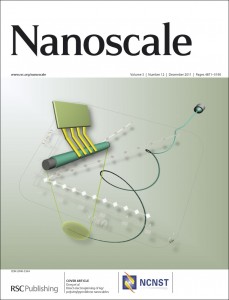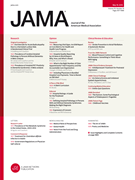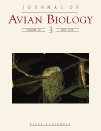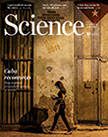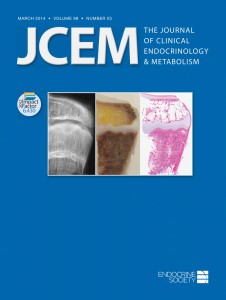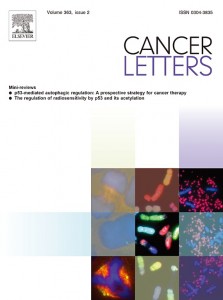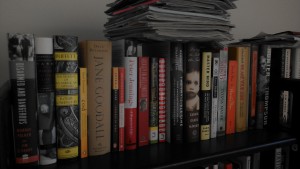 This week at Retraction Watch was dominated by the Science same-sex marriage study, after we broke the news Wednesday morning that one of its authors had requested its retraction. (And crashed our servers in the process.) So the first section of this Weekend Reads will focus on pieces following up on that story:
This week at Retraction Watch was dominated by the Science same-sex marriage study, after we broke the news Wednesday morning that one of its authors had requested its retraction. (And crashed our servers in the process.) So the first section of this Weekend Reads will focus on pieces following up on that story:
- The New Republic’s Naomi Shavin told the story of how we broke the story, and how the study fell apart.
- Jesse Singal of New York Magazine interviewed Donald Green, the co-author who asked for the retraction.
- Ivan spoke to NPR’s On The Media about the study, and what the story says about peer review.
- “”The incentives to publish today are corrupting the scientific literature and the media that covers it.” We wrote a New York Times op-ed for today’s paper, “What’s Behind Big Science Frauds?“
But there was plenty more happening this week: Continue reading Weekend reads: Gay canvassing study redux; editors fired; how the world’s biggest faker was caught
